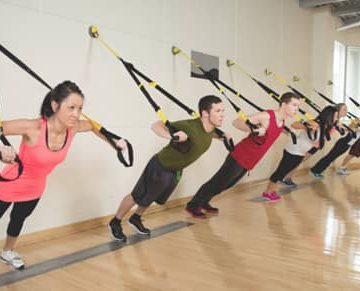Oct. 18, 2021 — Problems with walking are common and bothersome to people with Parkinson’s disease, but a new study of over 4,000 people with Parkinson’s and mobility problems found seven “workarounds” that can help.
“Compensation strategies are ‘tricks’ that persons with [Parkinson’s] use to overcome their walking difficulties,” say investigators Anouk Tosserams, MD, and Jorik Nonnekes, MD, both of Radboud University Medical Centre in the Netherlands.
Parkinson’s often causes issues with movement, such as imbalance, shuffling, falling, staggering, and freezing.
“We found that these strategies are commonly used, but that the patients’ awareness of the full spectrum of available strategies is rather limited,” they say.
A personalized approach to rehab and patient education is important, the authors say.
Rebecca Gilbert, MD, vice president and chief scientific officer of the American Parkinson Disease Association, says the study should help doctors and patients.
While many of the suggestions are already in use, the study, which goes into greater detail, should make the practices more “systematic,” says Gilbert, an associate professor of neurology at Bellevue Hospital Center in New York City.
Creative Solutions
Tosserams and Nonnekes explain that their research was “inspired by the creativity of persons with [Parkinson’s] who have come up with a wide variety of strategies to overcome their walking difficulties.”
Improving the ability to walk through these kinds of non-invasive strategies is essential, they say, as drugs and surgery often aren’t successful enough.
In their daily practice, the authors say they “noticed that different strategies seem to have different effects on walking, depending on the person who uses the strategy and the context in which the strategy is used.”
An online survey was sent to over 8,000 participants (age 18 years or above) with Parkinson’s who have a hard time walking. Of these, 4,324 responded and w
Participants were drawn from the Fox Insight cohort, a study led by the Michael J Fox foundation, and from ParkinsonNEXT.
The survey was divided into three parts: The first included information about gender, age, time since diagnosis, walking ability, and history of falls during the past year.
The second part of the survey asked participants how familiar they are with seven strategies:
External cueing (for example, walking to the beat of a metronome, wearing vibrating socks, or stepping over lines)
Internal cueing (for example, using self-prompting or mental math)
Changing the balance requirements (for example, shifting weight in place before stepping, making wider turns, or using walking aids)
Altering the mental state (for example, breathing exercises or other approaches to limit anxiety or fear of falling)
Action observation and motor imagery (mimicking someone else walking or visualizing the desired movement)
Adapting a new walking pattern (for example, scissoring, knee lifting, jumping, running, or walking backward)
Other forms of using the legs to move forward (for example, bicycling, skateboarding, or crawling)
The third part of the survey focused on participants’ interest in learning more about these strategies.
Context Matters
A fifth of respondents had never tried any form of compensation strategies, but most had tried at least one. The most commonly tried strategy was adapting to a new walking pattern.
Overall, close to 65% of respondents continued to use at least one strategy in daily life — most frequently when walking outdoors or in time-pressure situations. The most widely used category was changing the balance requirement, followed by internal cueing and altering the mental state. Interestingly, external cueing was used the least (only 55%).
ere included in the analysis.





No comment